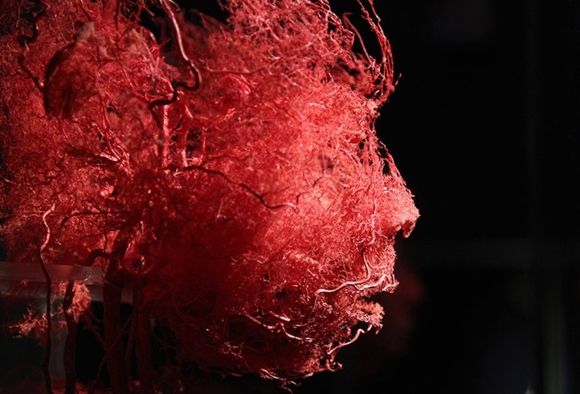Purifying H2O more cheaply.
WASHINGTON—(BUSINESS WIRE)—Organic compounds in wastewater, such as dyes and pigments in industry effluents, are toxic or have lethal effect on aquatic living and humans. Increasing evidence has shown that the organic contaminants discharged from electroplating, textile production, cosmetics, pharmaceuticals are the main reasons for the higher morbidity rates of kidney, liver, and bladder cancers, etc. Organic contaminants, especially methyl blue and methyl orange, are stable to light, heat or oxidizing agents and very difficult to remove by conventional chemical or biological wastewater treatment techniques. Recently scientists have developed some new strategies with good dye-removal performance; however, a subsequent adsorbent purification procedure is unavoidable after water treatment, which are often complicated and not suitable for practical water treatment.
Now, using laser-induced fabrication technique, a team of Chinese researchers from Shandong University, China, have developed a novel dye adsorbent. Hybrid nano-particles of silver and silver sulfide (Ag2S@Ag hybrid nano-particles) have demonstrated the nanomaterial’s superior adsorption performance for removing methyl blue and methyl orange from wastewater. More importantly, the new adsorbents can be removed directly from solutions by filters without adsorbent purification procedures, as the silver-based hybrid nano-particles will be agglomerated and deposited on the bottom after adsorbing dyes, providing a green, simple, rapid and low-cost solution for water purification. This week in the journal Optical Materials Express, from The Optical Society (OSA), the researchers describe the work.
Read more








